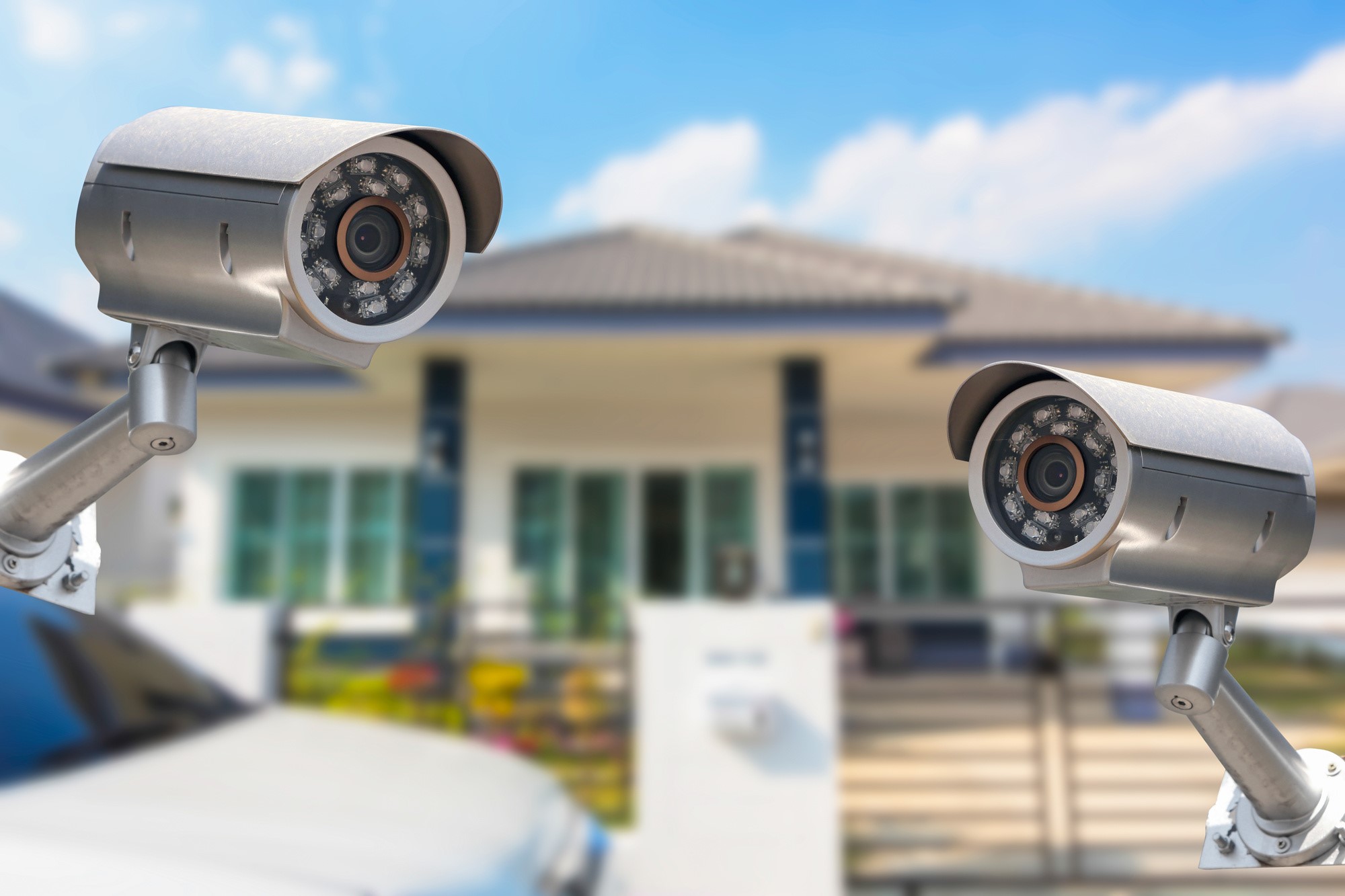The automated response “Currently, there’s no one home. Please leave your message, and we’ll promptly respond” is a familiar greeting one anticipates when voicemail picks up on a mobile or landline phone. Yet, in this instance, it’s a door – or more accurately, a video camera affixed to it – that takes the call. The notion of the connected home has been a reality for several years, but certain technological innovations within it offer an affordable means to heighten home security without the need for costly subscriptions.
Installing a video camera at the front door of a residence carries evident benefits: research indicates it can deter burglaries and streamline package deliveries when occupants are absent. However, many of these cameras raise valid privacy concerns as they transmit recordings to remote servers, prompting scrutiny. Manufacturers assure that these recordings are encrypted and inaccessible to anyone except the owner. Dave Ward, International Managing Director of Ring for Europe, underscores this, emphasizing the impossibility of accessing encrypted recordings without the proper credentials. Even company personnel are precluded from such access. In the latest camera update, a “voice mailbox” feature has been introduced, automatically responding if the doorbell remains unanswered.
This blend of convenience and security underscores the evolution of home surveillance technology. Yet, it also prompts reflection on the delicate balance between safety and privacy in our increasingly connected world. The advent of smart home devices has undoubtedly transformed the way we safeguard our residences, offering unparalleled convenience and peace of mind. However, it’s essential to remain vigilant about potential privacy risks inherent in these technologies.
Moreover, the integration of voice mail capabilities into video cameras represents a significant step forward in home security innovation. By providing an automated response when no one is home to answer the doorbell, these devices enhance security while also addressing concerns about missed deliveries or unexpected visitors.
The appeal of these systems lies not only in their security features but also in their ease of use and accessibility. Many models offer user-friendly interfaces and mobile applications that allow homeowners to monitor their properties remotely, providing added reassurance and control.
Furthermore, the affordability and accessibility of these technologies make them accessible to a broader range of consumers, democratizing home security in ways previously unimaginable. No longer reserved for the affluent or tech-savvy, smart home surveillance systems have become increasingly mainstream, empowering homeowners to take proactive steps to protect their properties and loved ones.
In conclusion, the introduction of voice mail-enabled video cameras represents a significant advancement in home security technology. By combining convenience with enhanced security features, these devices offer homeowners a versatile and effective means of safeguarding their residences. However, it’s essential to remain mindful of potential privacy implications and to prioritize the protection of personal data. As smart home technology continues to evolve, finding the right balance between security and privacy will remain paramount.

